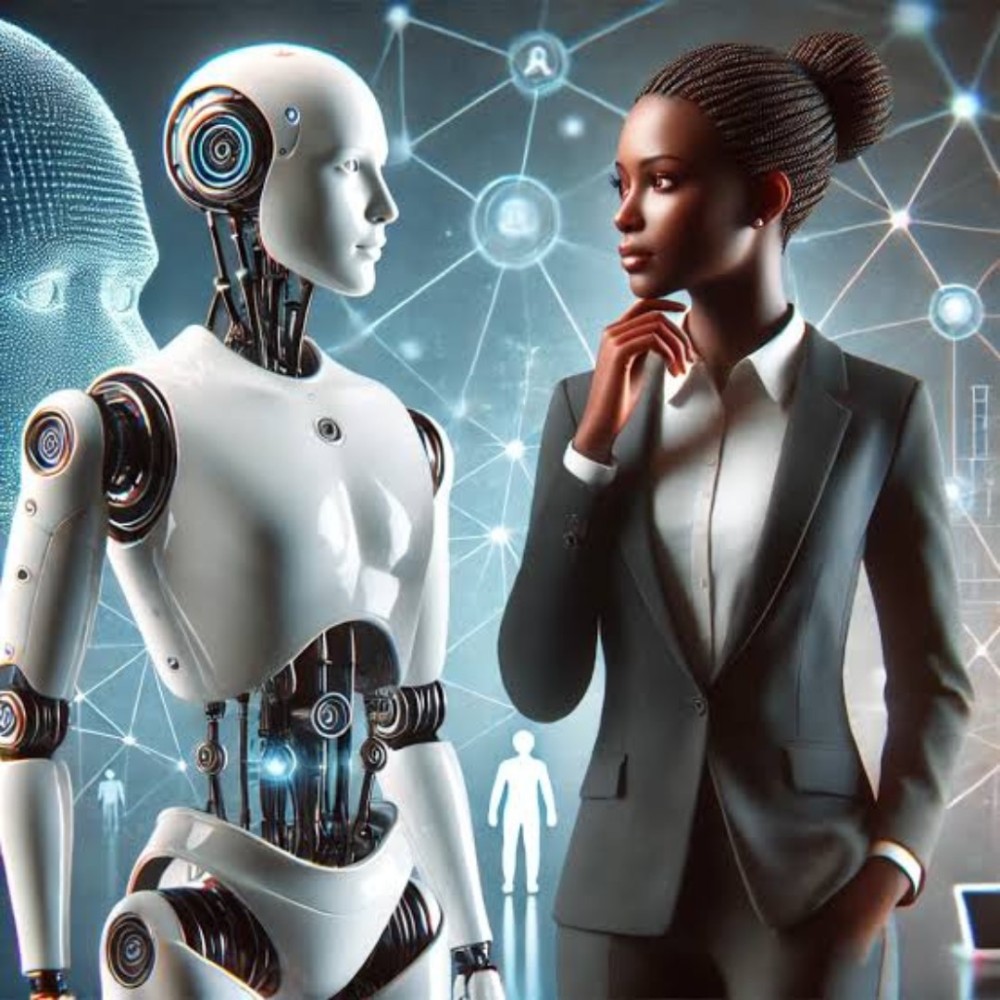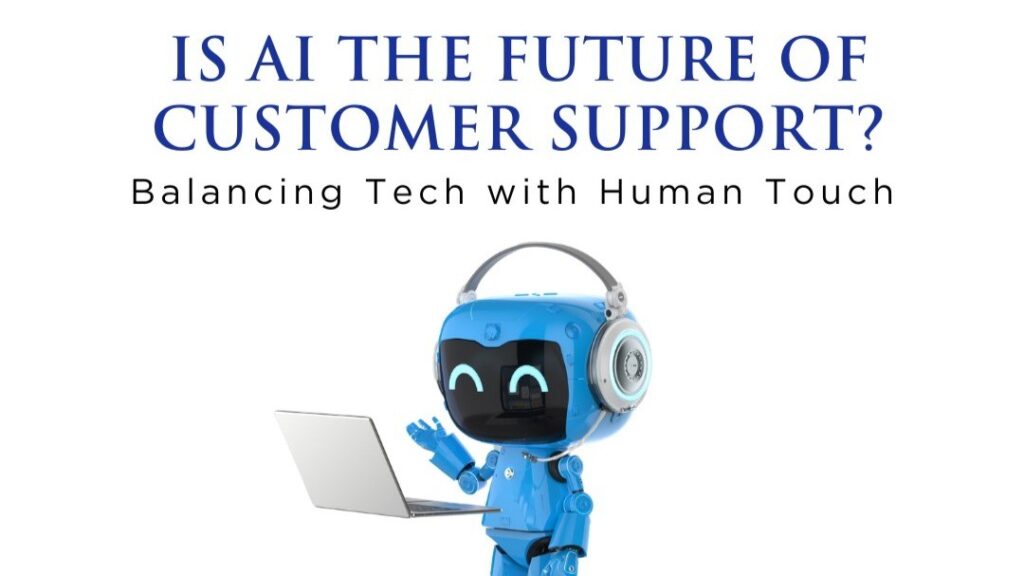Artificial Intelligence (AI) is revolutionising customer support with tools like chatbots, predictive
analytics, and automated workflows. These advancements are reducing wait times, scaling
service, and creating personalised experiences. But can AI ever replace the human touch that
builds loyalty and trust?
The Power of AI in Customer Support
AI tools are revolutionising customer service by automating repetitive tasks and delivering fast,
accurate solutions. Here’s how:
1. 24/7 Availability: Chatbots and virtual assistants ensure customers can get help any time,
reducing wait times and enhancing satisfaction.
• Example: Tools like Zendesk and ChatGPT-powered bots handle basic queries
seamlessly.
2. Personalised Interactions: AI analyses customer data to tailor recommendations and
solutions, creating a more engaging experience.
• Example: Amazon’s AI-powered customer service suggests products based on
past purchases.
3. Scalability: AI allows businesses to handle high volumes of queries simultaneously, which is
invaluable during peak periods.
4. Proactive Support: Predictive analytics help identify issues before they arise, enabling
businesses to offer solutions proactively.
• Example: Airlines use AI to inform customers about potential delays before they
occur.

The Limits of AI: Where the Human Touch Matters
While AI excels in speed and efficiency, there are critical areas where humans outperform:
1. Complex Problem Solving: AI struggles with nuanced, emotionally charged situations that
require empathy and critical thinking. A chatbot can’t fully grasp the frustration of a delayed
order or a missed flight.
2. Building Emotional Connections: Customers often want to feel heard and valued. Human
agents can offer empathy, apologise sincerely, and resolve issues in ways that foster trust.
3. Adaptability: Humans can handle unique situations, deviate from scripts, and offer creative
solutions when AI falls short.
Striking the Balance: Tech + Human Touch
To maximise the benefits of AI without losing the personal connection, businesses must adopt a hybrid approach:
1. Use AI as the First Line of Support
Deploy AI to handle FAQs, track orders, and resolve basic queries. This frees human agents to
focus on complex cases.
2. Empower Human Agents with AI Tools
AI can provide agents with real-time customer insights, recommended solutions, and
streamlined workflows, allowing them to offer faster, more personalised support.
3. Know When to Escalate
Ensure customers can easily transition from AI to a human agent when needed. A seamless
handoff is crucial to maintaining customer trust.
4. Train Agents to Complement AI
Invest in training human agents to focus on empathy, emotional intelligence, and creative
problem-solving—areas where AI cannot compete.

The Future of Customer Support
AI will undoubtedly play a central role in the future of customer support, but it won’t replace
humans entirely. Instead, the future lies in creating a synergy where AI handles the routine, and
humans handle the meaningful.
Businesses that embrace this balance will not only improve efficiency but also foster deeper,
long-lasting customer relationships. After all, while technology can mimic conversation, it’s the
human touch that builds trust.
What’s your take? Is your business ready to embrace the future of customer support?






